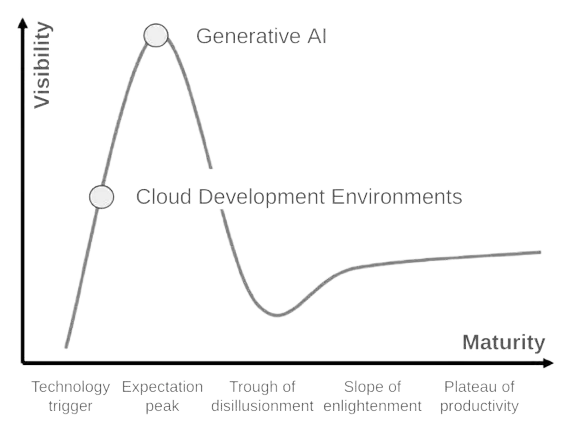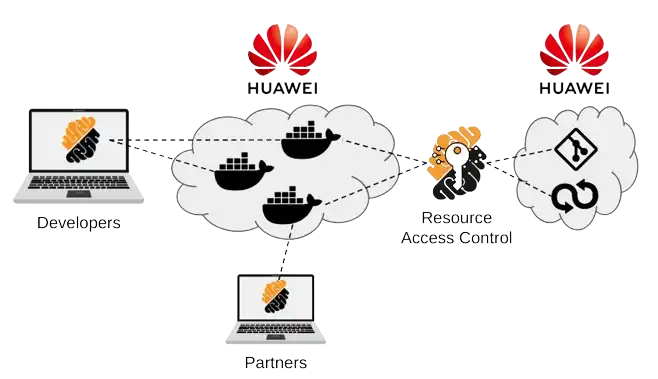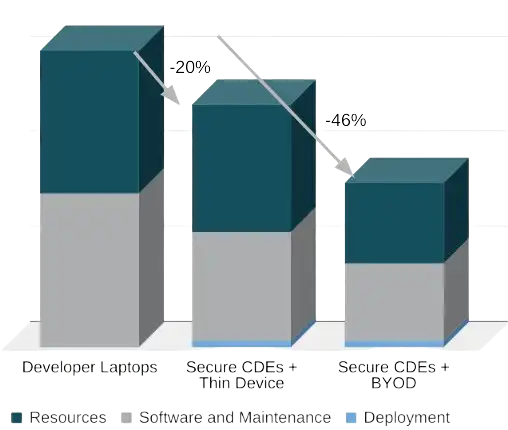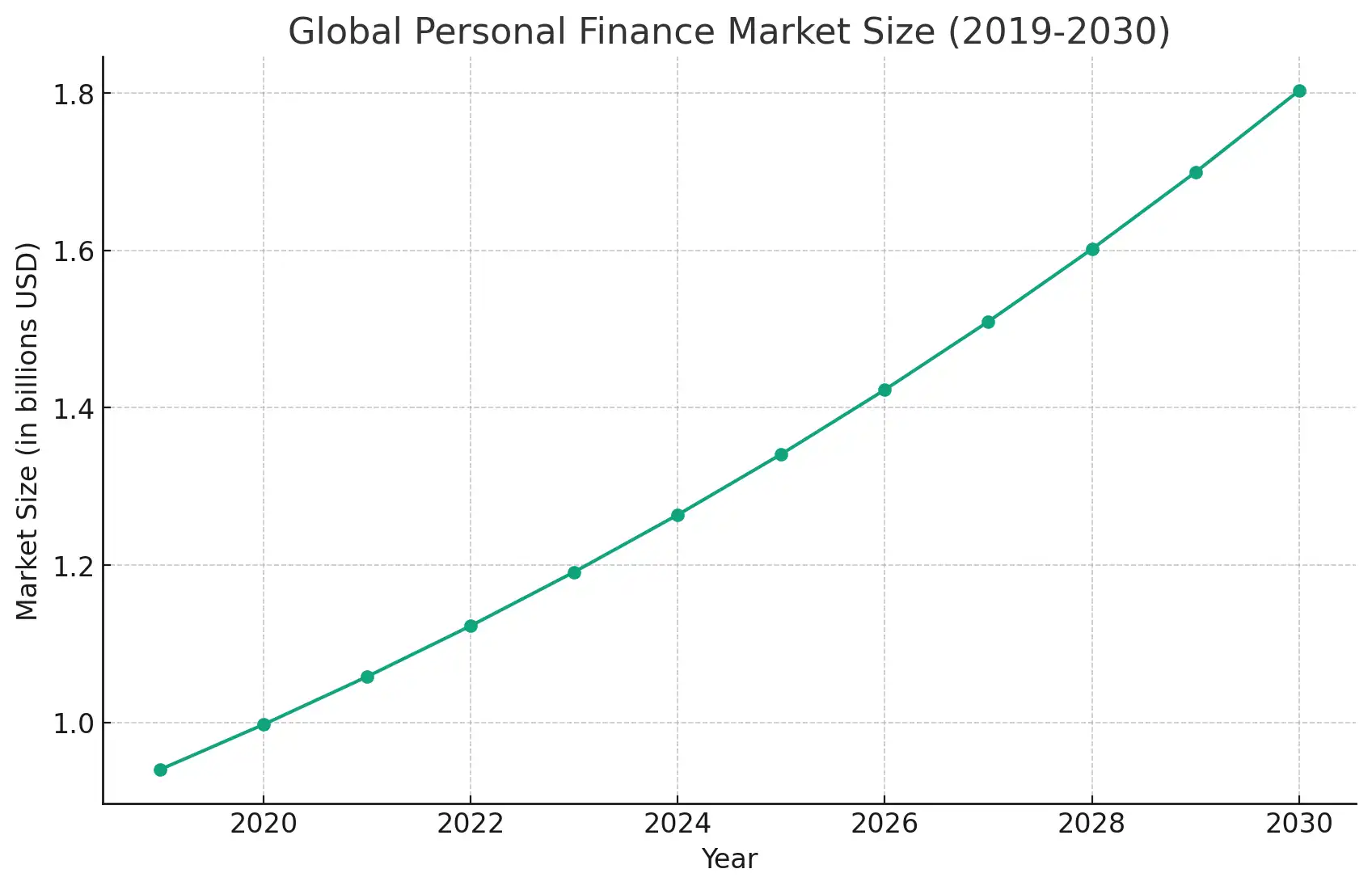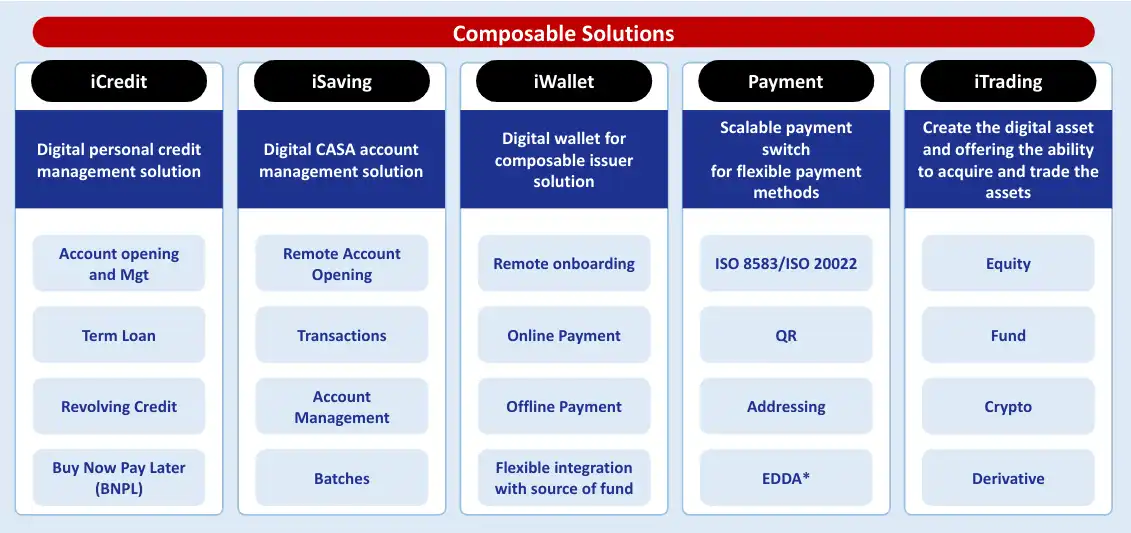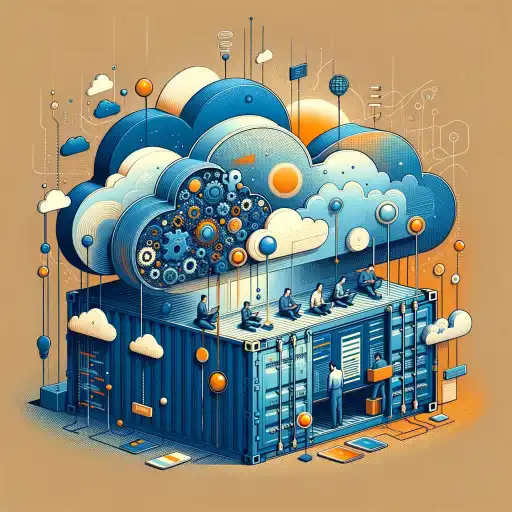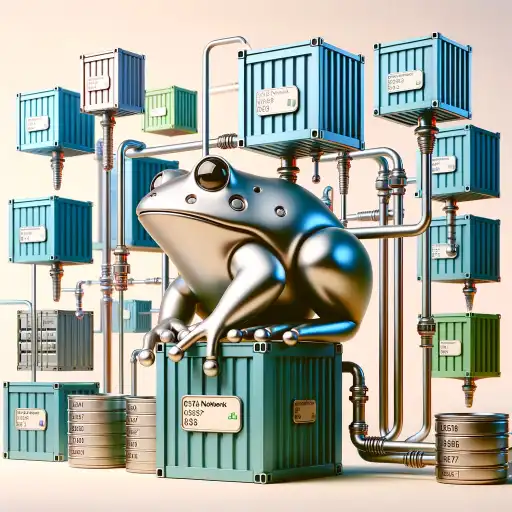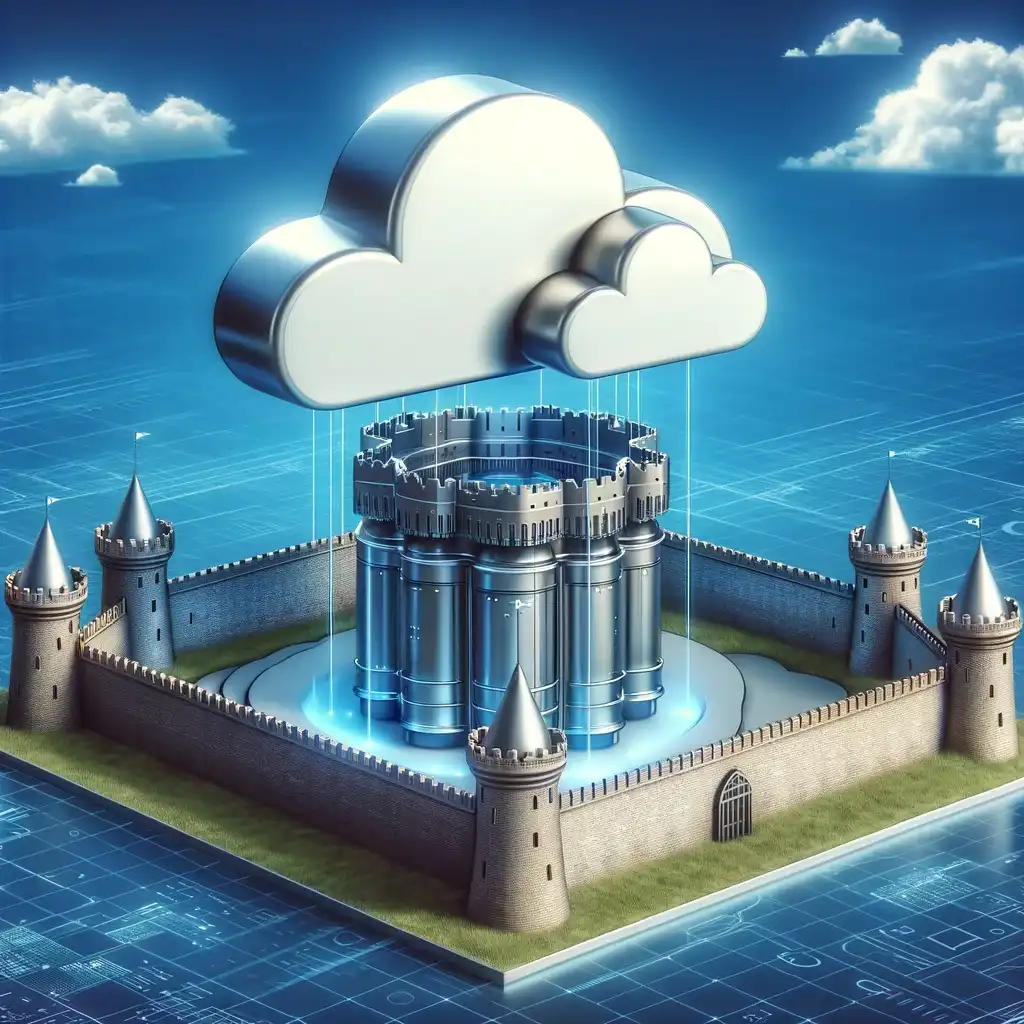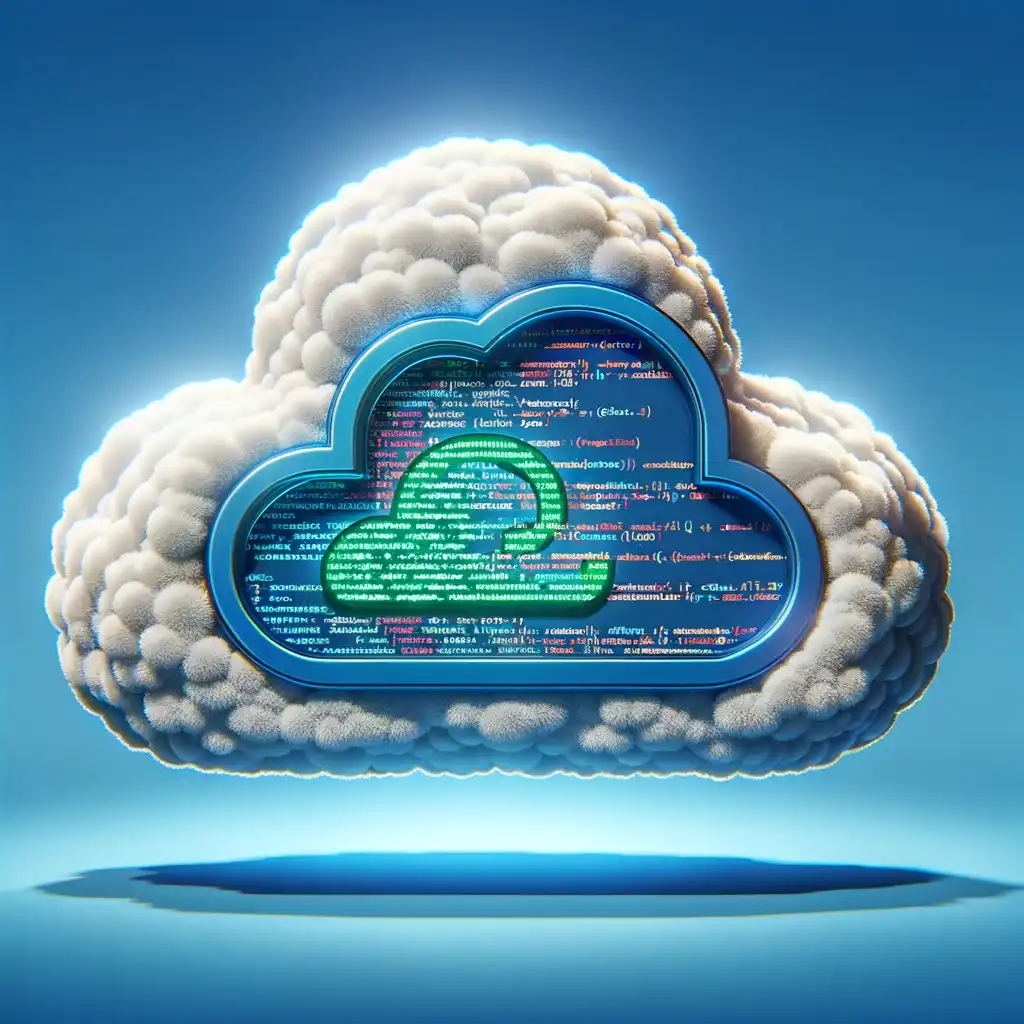A Case Study About Secure Cloud Development Environments
This case study examines Sirius Technologies' deployment of a platform to manage Cloud Development Environments (CDEs), transitioning from local to online coding environments.
Focused on financial services and broader industry transformation, the study looks at Sirius Technologies’ use of Strong Network’s platform for secure Cloud Development Environments over two years and covers how the company addresses challenges in productivity, intellectual property management, and global collaboration with clients and partners.
The Mission of Sirius Technologies
Sirius Technologies is aiming to provide high-quality financial services to underserved markets and drive transformation in the BFSI sector, in particular by providing a platform to optimize the entire software development life cycle of Financial service. By adopting Better Finance principles, Sirius Technologies aims to broaden their client’s service reach, reduce costs, and ensure accessible financial services. Check our supplement at the end of this report to learn more about Sirius’ mission.
Here is how Jing Li, Sirius Technologies’ founder and CEO, explains his company’s motto and his own journey through digital personalized finance.
"We are committed to pushing the boundaries of what's achievable in financial technology through the strategic application of distributed architecture and cloud computing technology."
Jing was the former Lead Architect and China’s first privately owned and fully digital bank, WeBank. Together with the leadership team, the solution they designed and built quickly scaled to over 350 million users.
Drawing on his experience and WeBank’s success with open-source technology and cloud-native banking, and adopting the principles of Embedded Finance, Sirius Technologies helps its BFSI clients build a robust foundation for an open, cloud-native, and scalable digital enterprise. In turn, these client enjoy a broader service reach while reducing costs and ensuring accessible financial services for their end users.”
Addressing Challenges with Secure CDEs
Sirius Technologies has a complex, multi-region growth strategy, collaborating with partners who use, co-develop and resell its technology. This results in a network of distributed teams needing access to its intellectual property. The combination of Sirius Technologies' BYOD policy and numerous partners managing their own devices presents a unique challenge, necessitating a flexible and secure IT infrastructure. This environment makes Sirius Technologies an ideal candidate for a platform that delivers secure Cloud Development Environments (CDEs).
Here is how Jing explains these challenges:
“Sirius Technologies' product setup is complex, requiring new team members, like developers and project managers, to access and be assigned permissions on multiple systems such as Jira and GitLab. Previously, the company used a VPN for access control, which was cumbersome and led to service stability issues. Additionally, protecting intellectual property was a constant challenge, as the VPN system allowed developers to download source code to personal laptops, posing a significant security risk."
In essence, Sirius Technologies faces a significant challenge in managing its intellectual property due to the presence of numerous local data replicas on personal devices, a direct result of its Bring Your Own Device (BYOD) policy. This situation makes it difficult for the company to control and enforce data access and usage effectively.
Addressing these issues is crucial for Sirius Technologies in maintaining a secure development environment. As explained, the company operates across multiple locations, and must support a distributed workforce that includes developers and partners as System Integrators (SI). This diversity adds layers of complexity, especially when external parties need varied data access levels. This is particularly pertinent if Sirius Technologies is committed to complying with security standards like ISO 27001 in particular to work with Banks.
Sidebar: Gartner’s Cloud Development Environments
Cloud Development Environments or CDEs is an emerging technology identified by Gartner in the August 2023 Agile and DevOps Report.
While initially the purpose of CDEs is mostly regarded as improving development process’ agility -most existing vendors focus on these benefits- CDEs also provide a great opportunity to embed security in the development process.
According to Gartner, by 2026, CDEs will be used to build and deploy 60% of cloud workloads.
Secure CDE Platform Set-Up at Sirius Technologies
Sirius Technologies has adopted Strong Network’s enterprise platform for secure CDEs to support the entire development workforce, including its business partners.
The figure here shows a schematic of Sirius Technologies' CDE platform setup in use today. On the developer side, devices only require a web browser in order to access the development environment (IDE and terminals) and the web applications used for standard collaboration such as GitLab and Jira. Hence developers do not need to install any specific client beside a web browser in their devices.
From a productivity standpoint, Sirius Technologies’ team uses templates provided by the platform for their environment configurations so that any developer and business partner can be onboarded in a consistent manner with very little effort. In particular, Sirius Technologies’ internal developers have access to a self-serve platform to create and manage their environments, based on predefined templates that specify parameters such as resource consumption, data and service access control and security settings.
IDEs, terminals and the access to web applications are protected with data loss prevention measures. These measures ensure that data can't be exfiltrated in a trivial matter to the local device for example through the clipboard or network operations.
After using the platform for over two years, Jing explains how using secure CDEs is benefiting Sirius Technologies’ operations.
"*The introduction of templates on Strong Network has significantly simplified Sirius Technologies' onboarding and resource allocation processes. New team members can quickly begin work with a few clicks, using pre-configured templates for immediate setup.
Developers are organized by project and assigned specific GitLab repositories, with the ability to create and dismantle development environments as needed, enhancing flexibility and reducing setup time. This standardization has notably increased productivity.
Furthermore, intellectual property protection has improved with enforced access to sensitive information through a secure browser, eliminating the need for traditional VPNs. All operations, including using the Cloud IDE, are conducted through Strong Network, boosting security and operational efficiency.*"
Assessing Reduction in Costs Using Secure CDEs
Let's focus on some key economic figures now. Beside productivity and security, another major benefit of using secure CDEs is the reduction in infrastructure costs. And by moving resource consumption towards an on-demand model, savings are significant.
In the case of secure CDEs, security is effective simply using a browser like Chrome or Edge. While the platform also supports accessing CDEs using a local IDE, the use of a Cloud IDE, i.e. running in a browser, brings simplicity and added security. This mechanism is effective on developers' devices without any need for installation. Hence savings with secure CDEs also come around maintenance costs.
To make the economic benefits of this case study conservative, we assess savings only around capital expenses on devices and recurring resource consumption. Here, resource consumption is the CPU and memory necessary for developers to run their compilation workloads. In addition, we need to factor service cost to run the platform on a private kubernetes service, in the case of Sirius Technologies, using Huawei’s service. Finally, we add the license cost for the platform.
Notably, this analysis doesn't factor resulting productivity gains which can be quite significant in particular around IT infrastructure management and developers’ daily operations. Because this is an important subject matter, we address it in this webinar [1] available on the Strong Network website (https://strong.network). Benchmark: Classic Setting
To benchmark the total cost of ownership in a classic setting for an infrastructure covering the needs of over 100 developers as it is the case for Sirius Technologies, we use the following figures:
- Developers are provided with USD 3000 laptop amortized over a period of two years,
- each laptop is set-up with a standard development toolset for productivity and security amounting to about USD 600/year (estimated license cost of bundling Docker Desktop™, Teleport™ Team version, Hatica™ analytics, Symantec™ Endpoint Security),
- laptops incur a cost of maintenance of 65% based on the information on the reference study in [2].
Secure Cloud Development Environment Settings
In BYOD mode and using the CDE platform for development, the incurred costs stem from the CDE platform license (around USD 1200/user/year), the CDE platform’s maintenance cost, and Cloud resources consumption.
To get a conservative estimate of resource cost, we assume that developers work 8h/day, 5 day/week, 4 week/month and 12 month/year, i.e. 8x5x4x12=1920 hours in total per year. In terms of resources, at Sirius Technologies developers use virtual machines (VMs) with 8CPUs and 16GB of RAM.
For completeness, we consider the additional case of providing a thin device. Thin devices have typically limited computational power, i.e. not suitable for application building yet sufficient for common daily operations such task planning, email, spreadsheets, and collaboration. A typical thin device costs USD 1000 and can run any OS such as Windows, MacOS, Linux or ChromeOS. Devices running Chrome OS are particularly attractive because of their efficiency cost ratio and the strong security model.
Hence we report here benefits along three scenarios: corporate laptops, and the use of secure CDEs both in BYOD (as in Sirius Technologies' case) and using thin devices.
Operating Cost Savings using Secure CDEs
Upon analyzing the savings across various categories, Sirius Technologies estimates that software and maintenance costs are reduced by 49%, and the current use of (solid) 8 CPU/16 GB VMs leads to 44% in resource consumption savings.
Note that, for the sake of comparison, using instead smaller 4 CPU/8 GB VMs leads to close to 70% savings in resources, yielding a performance comparable to the one obtained with a USD 3000 laptop. Overall, total savings (with the largest VMs) amounts to 46% compared to the use of corporate laptops.
It is important to note that factoring for increased productivity in IT infrastructure management and developers’ operations will lead to greater savings.
In the hypothetical use of thin devices rather than a BYOD policy, savings are more humble yet very attractive for organizations. Based on figures retrieved in reports [2] and [3], software and maintenance costs are reduced by close to 30%, and the use of 8 CPU/16 GB VMs and 4 CPU/8 GB VMs leads to close to 11% and 35% in resource consumption savings, respectively.
In this case, Overall, total savings (with the largest VMs) amounts to over 20% compared to the use of corporate laptops.
Notably, onboarding costs are down by 90% and 95% based on the benchmark suggested in report [3]. For each scenario, namely corporate laptops, thin devices and BYOD, recommended average times for onboarding amount to 80, 8 and 4 hours, respectively. Cost is obtained by compounding times with a cost of USD 50/hour.
When asked about the advantages of operating with a CDE cost model, Jing emphases the benefits for going BYOD: "Indeed, when we compare the current approach to the traditional method of issuing company laptops and installing numerous security agents on them, the difference is clear. These security measures often slow down the computers significantly. By avoiding these costs and computational slowdowns, the savings we achieve are substantial."
About resource consumption and client delivery, Jing notes the following: "The current work environment for developers is active only during their active work periods, contrasting with the previous Enterprise Software Development (ESD) setup that required systems to run continuously. Developers now have access to 8 cores and 16GB of RAM, with ongoing considerations for further optimizations. This strategy focuses on adequately equipping developers with necessary resources, moving away from practices that previously caused delays and inefficiencies, such as waiting for builds to complete.”
Conclusion
This case study illustrates the transformative impact of adopting secure Cloud Development Environments (CDEs) in the contemporary business landscape. By partnering with Strong Network, Sirius Technologies has adeptly navigated the challenges of data security and IT productivity, particularly in a BYOD (Bring Your Own Device) context.
A notable aspect of Sirius Technologies' implementation is the enhanced developer experience, in particular with the ability to have a self-serve secure CDE platform for developers to generate pre-configured, security-compliant coding environments. In addition, the platform enables developers to access flexible computing resources while Sirius Technologies can control resource expenditures (by the hour, based on Huawei's billing).
Furthermore, the case study highlights the balance Sirius Technologies achieves between ensuring robust security measures and maintaining an agile, collaborative development environment. This equilibrium is crucial in a distributed team structure, allowing the company to sustain its rapid growth and global expansion.
Overall, Sirius Technology's journey exemplifies a successful integration of technology, strategic vision, and operational excellence. It serves as a compelling case for other businesses contemplating a similar digital transformation, showcasing the potential of CDEs in driving business innovation, enhancing developer productivity, and ensuring secure development practices in a highly interconnected digital world.
References
[2] Using Total Cost of Owner-ship to Determine Optimal PC Refresh Lifecycles, WIPRO, available for download at https://bit.ly/3RGoiAy. [3] The Total Economic Impact Of Amazon Web Services End-User Computing, Forrester Total Economic Impact Report (TEI), available for download at https://bit.ly/3LDBjqR. Supplement: The Business of Sirius Technologies
The Global Market of Personal Finance
The evolving landscape in the digital realm, particularly driven by the widespread adoption of mobile technology, has led to a significant diversification of people's daily digital service needs in the domain of finance. In particular, the global personal finance market size was valued at USD 0.94 billion in 2019 and is predicted to reach USD 1.8 billion by 2030 with a CAGR of 6.1% from 2020 to 2030
The increasing importance of convenience and accessibility in digital services has made it challenging and costly for banks and financial institutions to meet diverse needs individually. Consequently, adopting a collaborative and embedded approach is becoming crucial for offering a broader range of services.
Despite some resistance from banks and financial institutions to these changes, regulatory bodies are intervening with open banking and insurance policies. These policies promote competition and data sharing, in line with global regulatory trends.
How Sirius Technologies Approaches Customers’ Platform Delivery
Enhancing personalized financial services requires tailoring products to meet partners' specific needs, moving beyond standardized offerings. Adapting business models and processes to suit diverse end-users while using the same product is essential.
This necessitates an agile and flexible service delivery approach, focusing on seamlessly embedding solutions into existing systems rather than forcing conformity to a single working method.
Sirius Technologies’ response to these challenges is 'composable innovation.' This approach involves structuring its internal product framework to ensure that all components are composable. By doing so, the company can quickly assemble specific workflows tailored to unique requirements of individual partners.
Jing exemplifies the above point as follow:
“Our platform provides foundational, Lego-like building blocks, easily combined with our composable tools to tailor solutions for specific partner needs.
In contrast to other solutions, which adapt composability later, our platform was designed from the start with composability at its core.
Our aim is to offer essential elements for digital transformation, helping partners transition into the era of Better Finance.”
The Core Principles of Better Finance
The Core Principles of Better Finance, as described are as follows:
- Financial Inclusion: Enhancing access to financial services for broader demographics, particularly underserved communities
- Personalization: Providing customized financial advice and products based on individual financial behavior and goals.
- Digital Banking: Offering banking services through online platforms and mobile applications for convenience and accessibility.
- Financial Literacy: Educating customers on managing finances, understanding financial products, and making informed decisions.
- Transparency: Ensuring clear communication about fees, interest rates, and the risks associated with financial products.
- Sustainable Finance: Promoting financial practices and products that are environmentally conscious and socially responsible.
- Data Security: Implementing robust measures to protect the privacy and security of customer data in digital transactions.
- Customer Support: Delivering efficient, reliable, and responsive customer service for inquiries and issue resolution.
- Innovation: Continuously adapting to and integrating new technologies to improve financial services and customer experiences.
All material in this text can be shared and cited with appropriate credits. For more information about our platform, please contact us at hello@strong.network 
